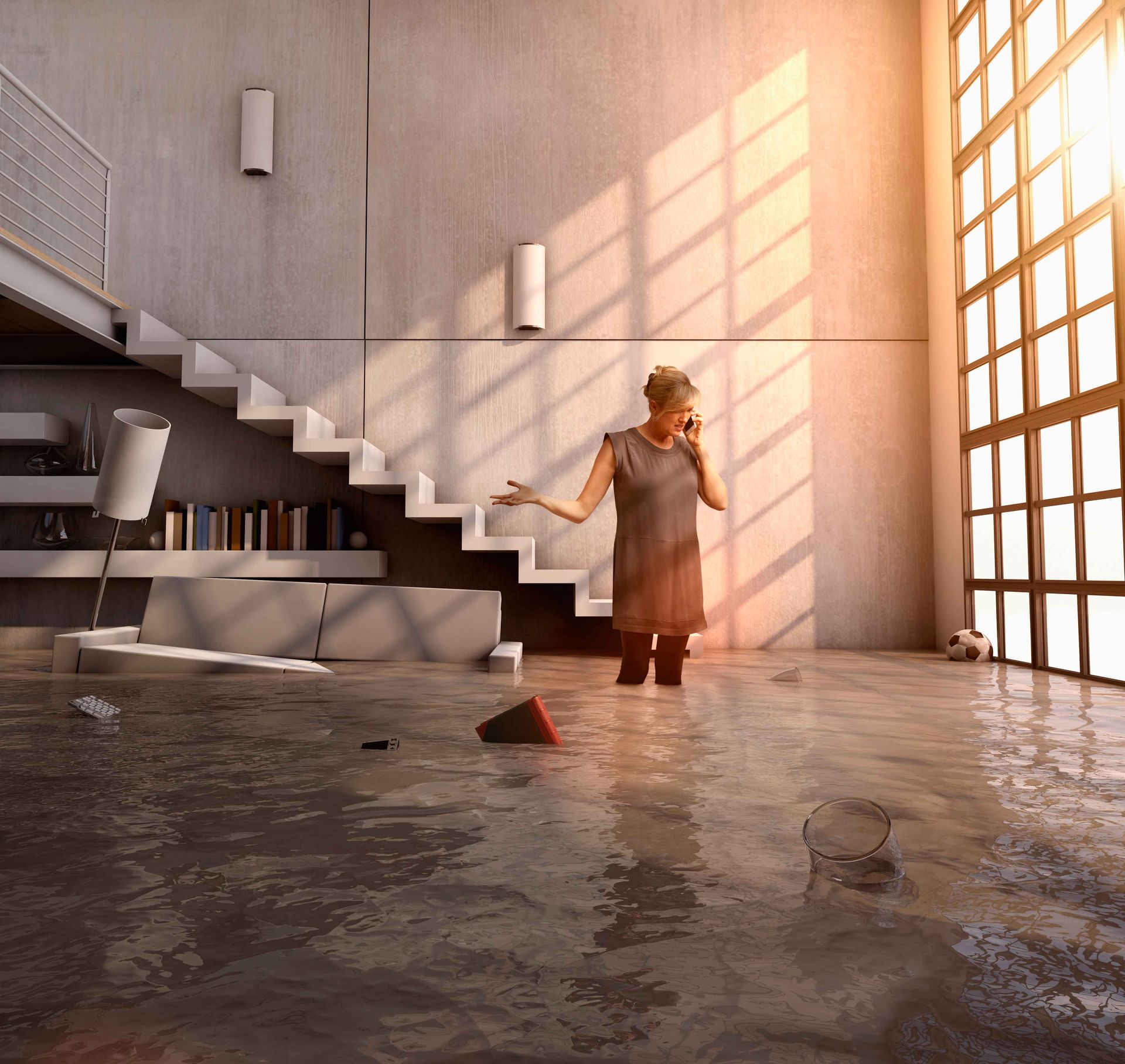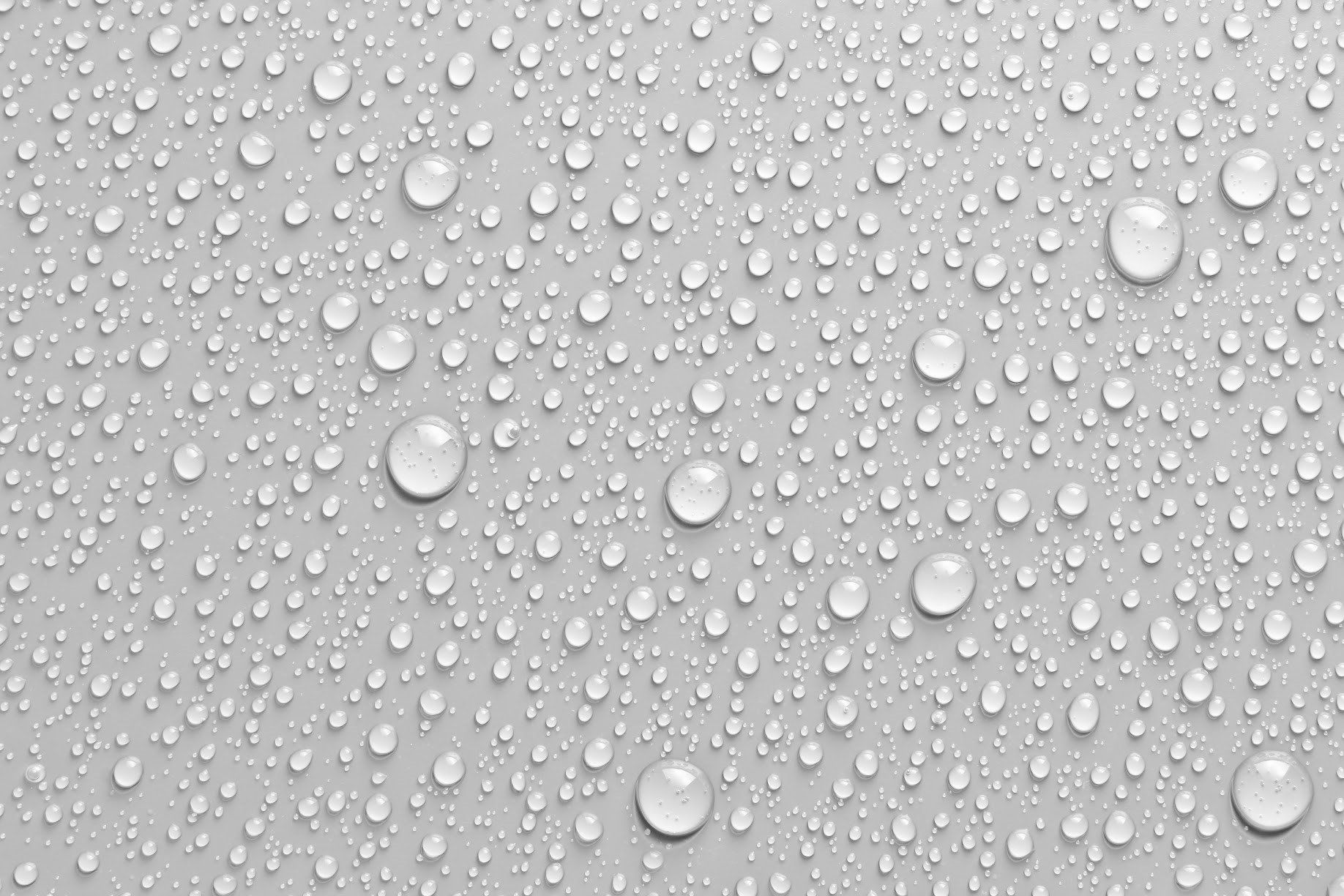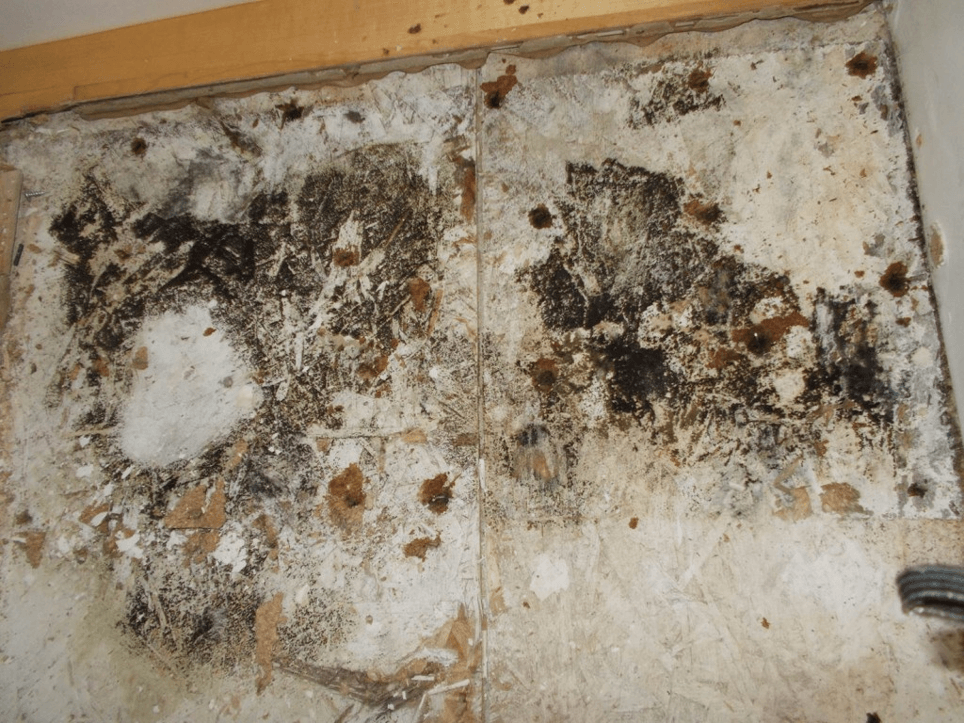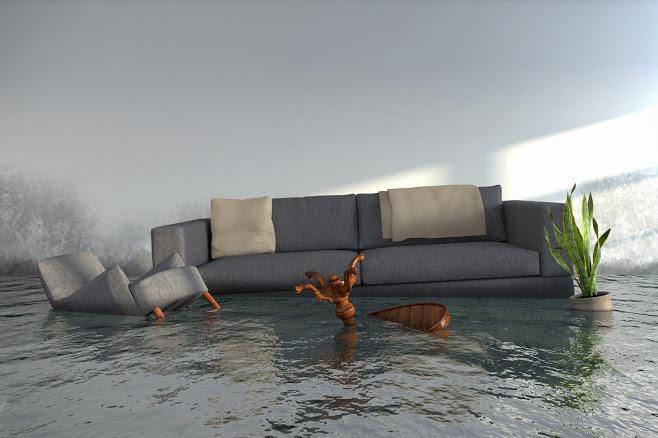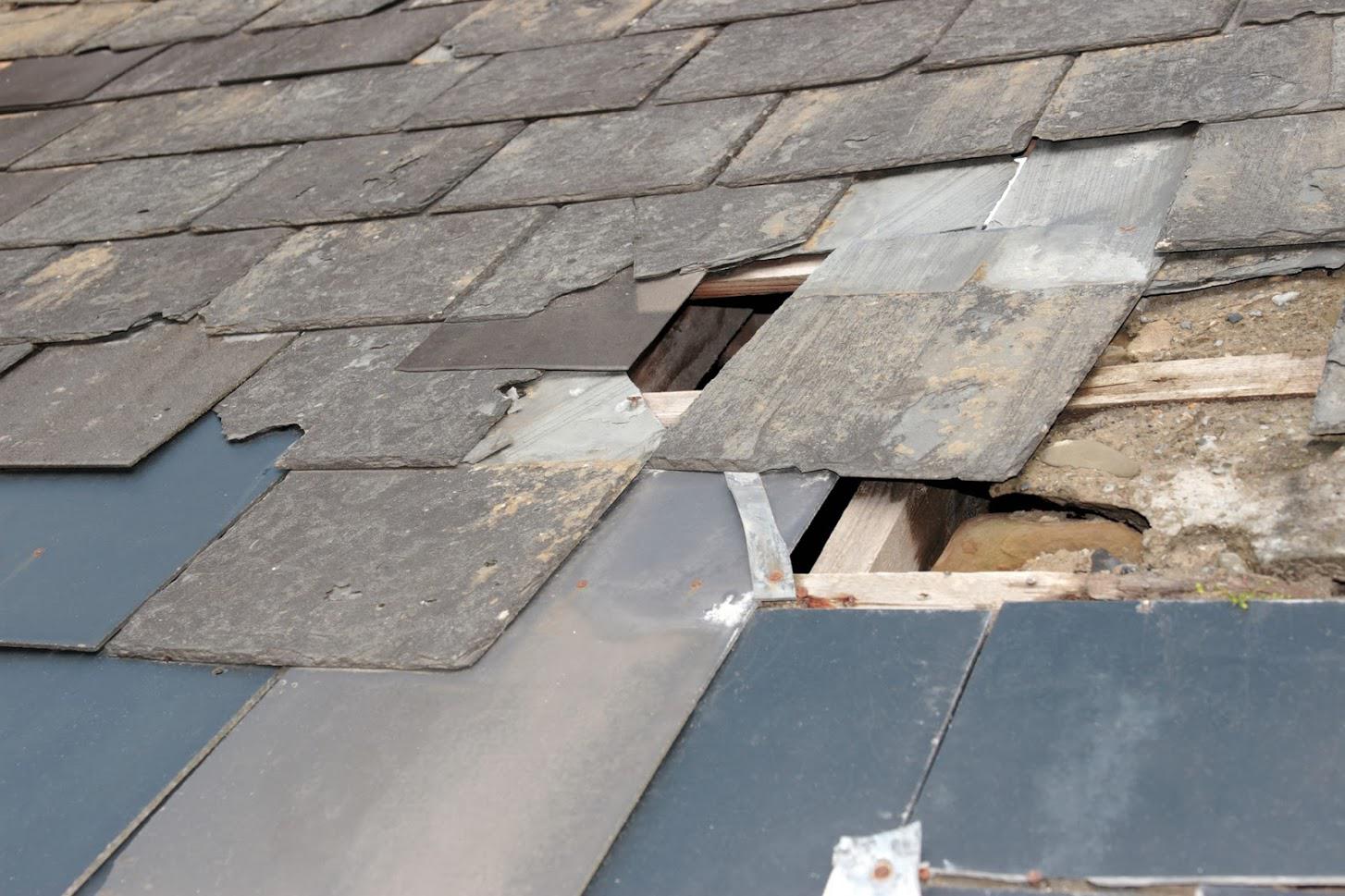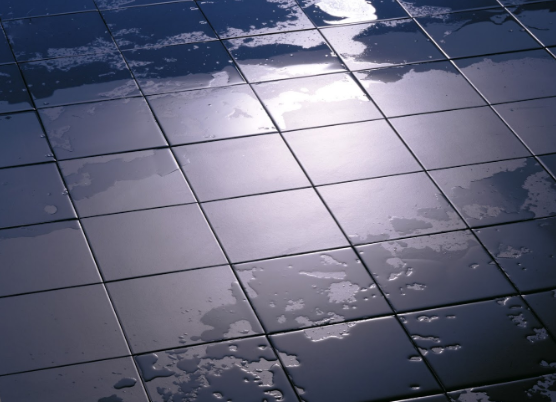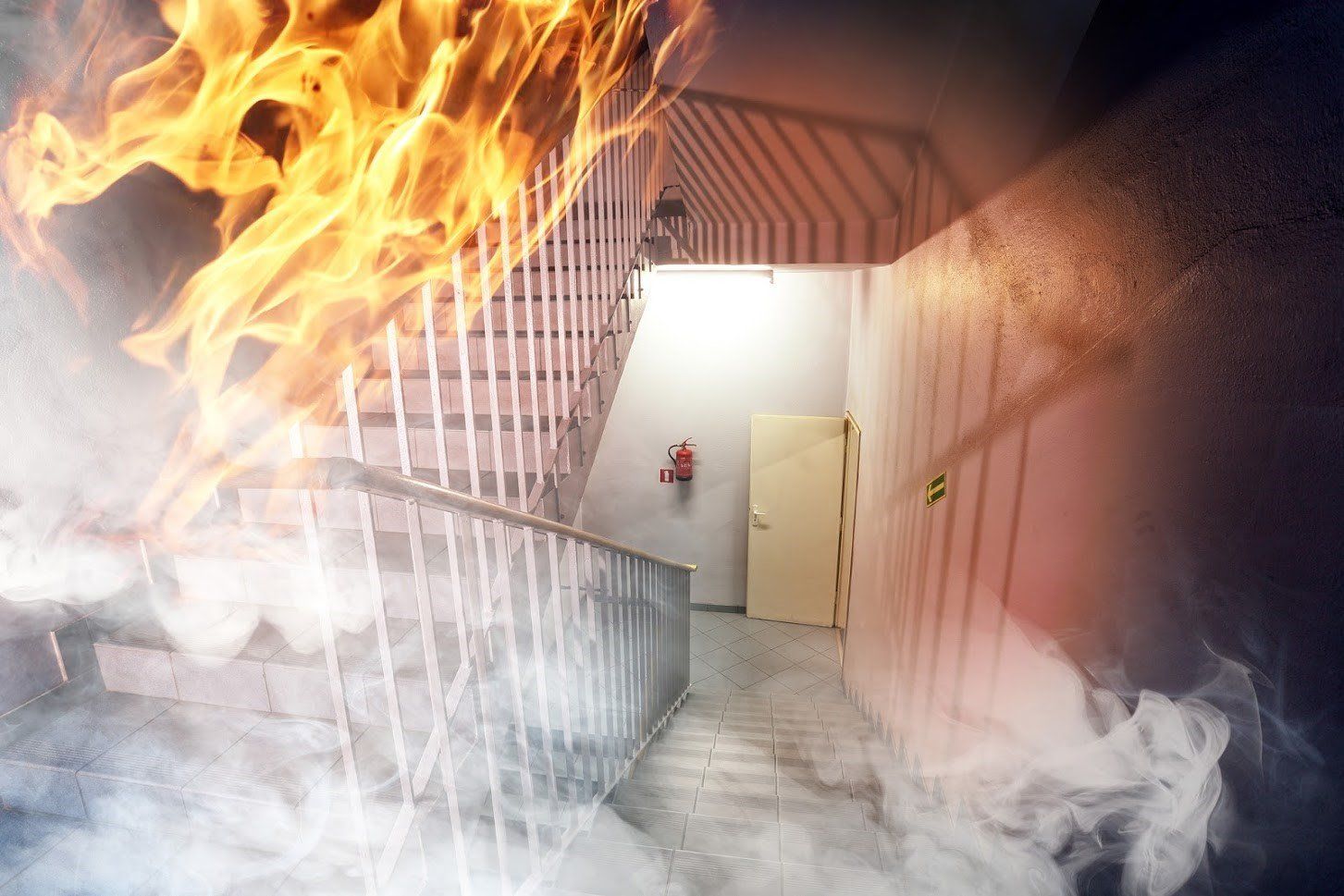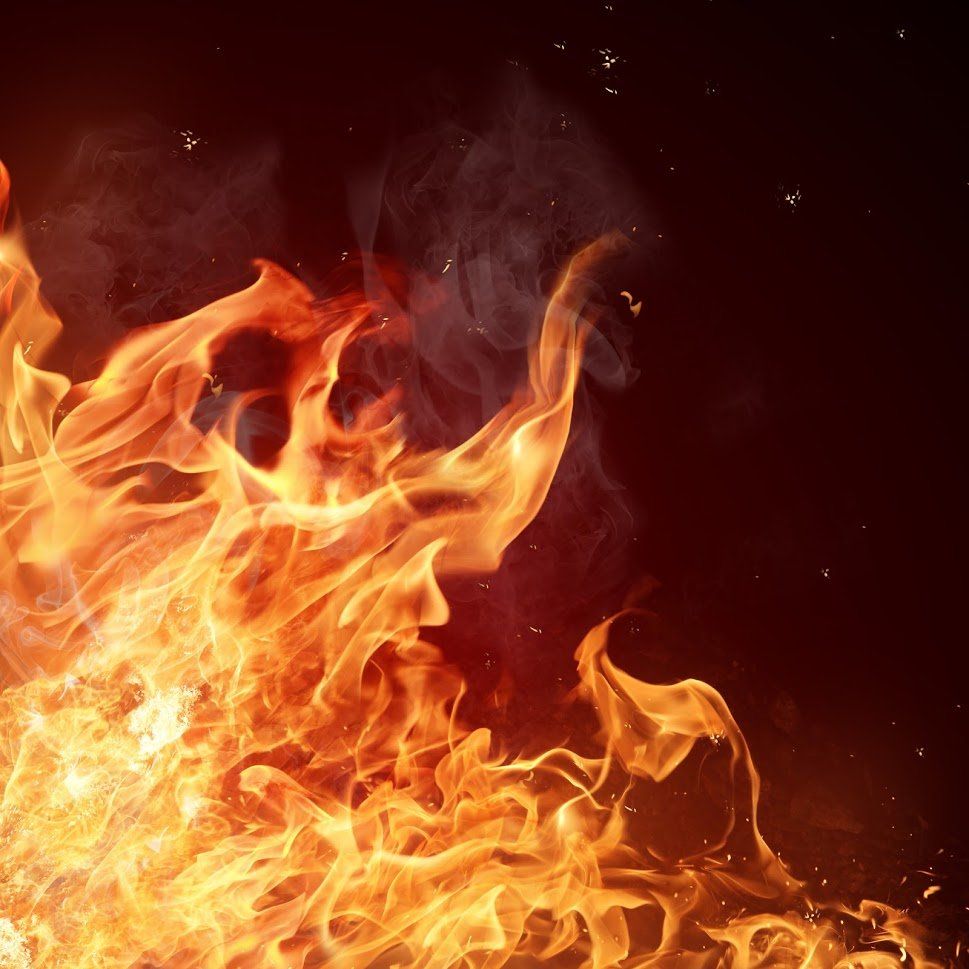Measures to Protect Your Home From Wildfire
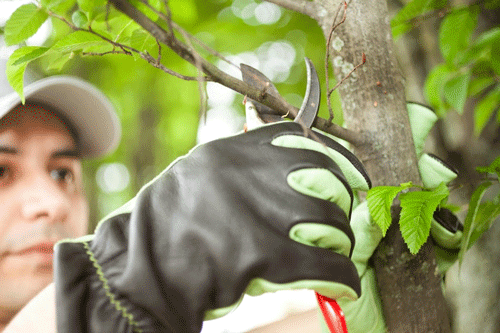
A wildfire is one of the worst natural disasters your home can face because a fire has the potential to raze your home to the ground. Fortunately, you don't have to resign yourself to the threat of wildfire damage. Take the following measures to reduce the wildfire threat to your home.
Trim the Trees
Trees around the house act as a link between the fire and the house. If a wildfire breaks out in your area, trees near your house might catch fire and spread it to your house via flying embers or flames. Trim the trees to reduce the strength of the link. In fact, remove trees too close to the house and trim trees with extended branches.
Maintain the Roof
The roof typically forms the first point of contact for most fires that originate outside the house. Therefore, install the right type of roof and maintain it to increase your home's fire resistance. Here are some of the specific tips to increase your roof's fire resistance:
- Use fire-resistant roofing materials; class A-rated materials are the best.
- Plug all holes on the roof as soon as they occur.
- Keep the roof clean; debris on the roof can ignite and spread a fire.
Protect Roof Openings
Openings on the house, such as windows, vents, doors, and eaves all make excellent entry points for fire. Take measures to reduce the threat of fire entry via these points. Use fire-resistant screens to protect the eaves and vent openings. Use heat-resistant blinds instead of fabric window drapes. Use small tempered windows instead of large windows with normal glass.
Create a Buffer Zone
If you live in a wooded neighborhood or near a forest of trees, you should create and maintain a buffer zone between your house and the rest of the neighborhood. This buffer zone should be devoid of inflammable materials that may catch fire and spread it to the house. Here are some specific tips for the buffer zone:
- Don't use organic mulch around the house.
- Limit the use of plants in your landscaping designs; hardscaping (the use of manmade features such as pavements) is better.
- Don't stack firewood around the house.
- Keep the compound clean and free from things like dried grass or fallen tree leaves.
- Get rid of shrubs that may spread fire in your house.
Install External Sprinklers
Many homes have internal sprinklers but don't have external sprinklers. Internal sprinklers don't help much in case of a fire outbreak because the sprinklers mainly target fires that originate inside the house. By the time a wildfire reaches inside your house, the internal sprinklers won't do much to stop the fire.
Therefore, install external sprinklers around the house and ensure they have an independent source of water that the wildfire won't cut off. For example, you can hook up the sprinklers to a swimming pool so that they can operate even in emergency situations. You can even install an outdoor water tank, and ensure it is always full of water, to use in an emergency.
The above measures will help preserve your home in case a fire breaks out in your neighborhood. In case a fire does damage your home, contact C & Z Construction to help you with the recovery efforts. We will help you mitigate the damage, clean up your home, and even reconstruct the house.
Browse Our Website
Contact Information
Email: info@czconstruction.net
Address: 4825 Derry St, Harrisburg PA 17111PAHIC#000204PA Attorney General: 1-800-441-2555
Our Location
Contact Information
Email: info@czconstruction.net
Address: 4825 Derry St, Harrisburg PA 17111PAHIC#000204PA Attorney General: 1-800-441-2555

